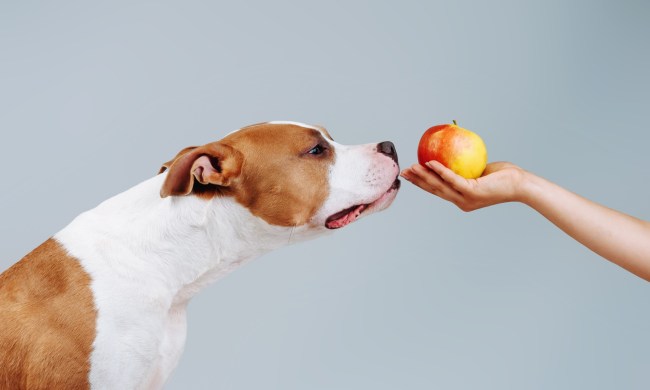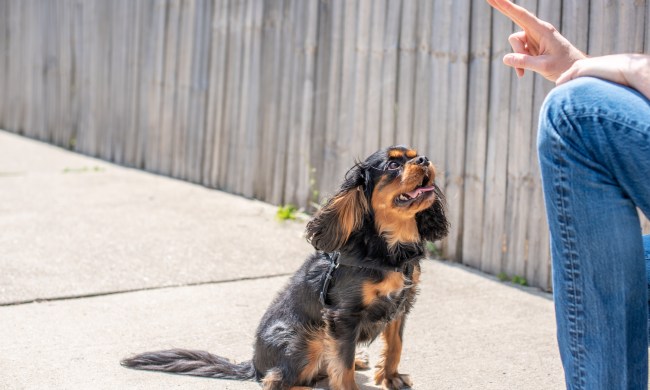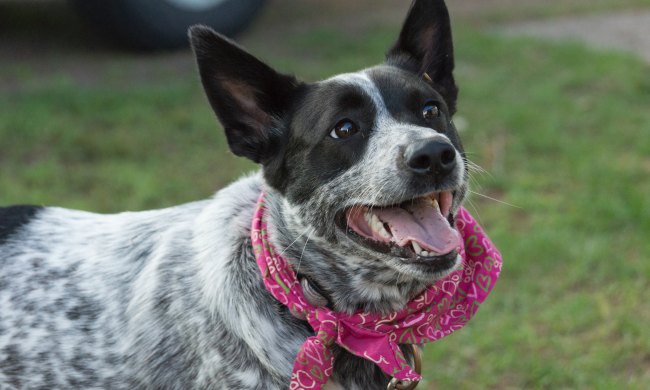Pee pads are hardly the most exciting dog accessory, but they make cleaning up after accidents easy. They’re also great for potty training a new puppy, and they’re a fantastic option for dogs that can’t go outside during the day. In fact, the only downside to using pee pads is that your dog might start to think using the bathroom is what they’re supposed to do.
If you want to learn more about pee pads, keep reading. We’ll teach you how to properly wean your puppy off using pee pads, where to use them, and offer helpful hints on how to choose the best ones.
What to look for in a pee pad
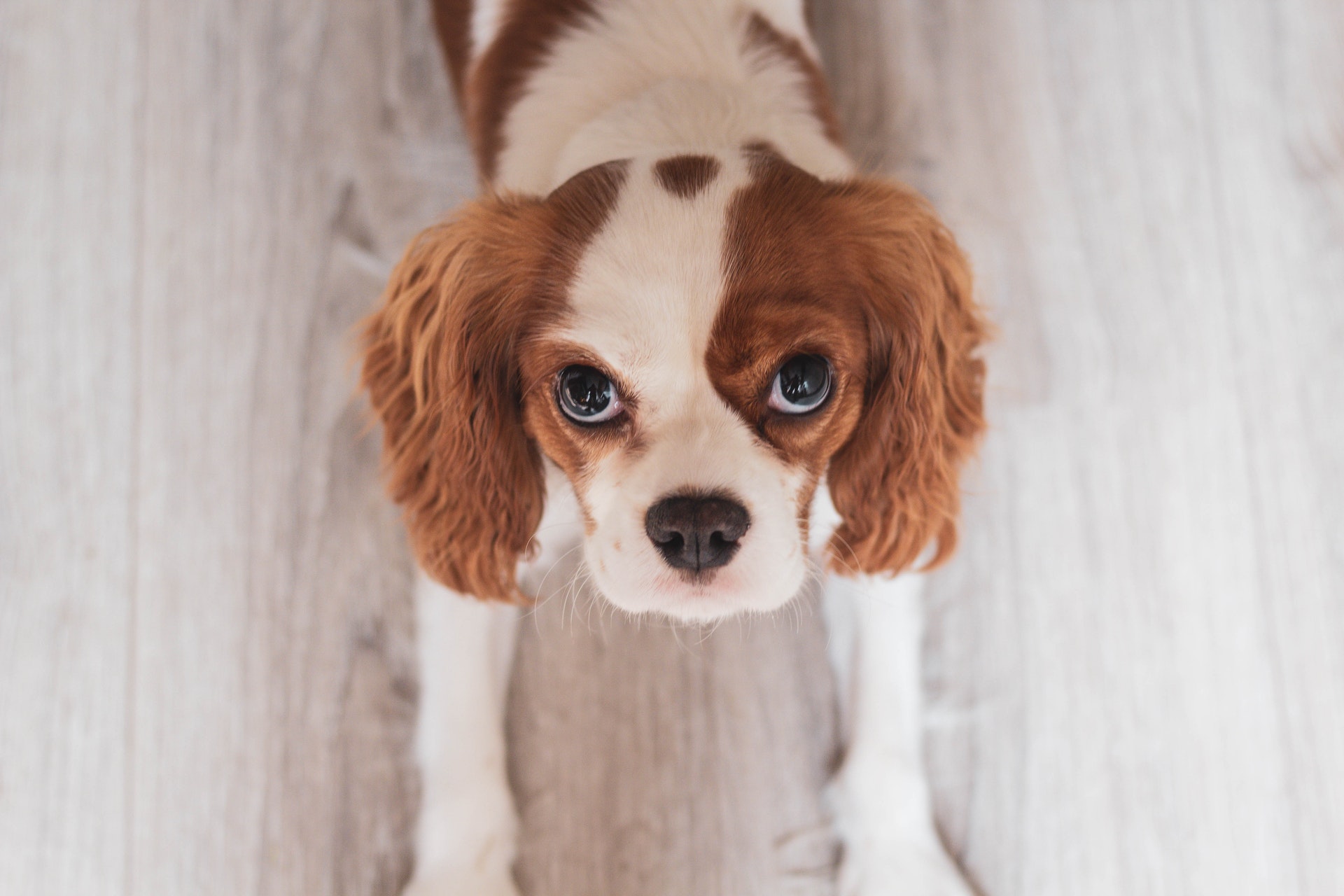
If your dog spends a lot of time alone while you’re at work, pee pads make the cleanup process go a little faster. Not only that, but if you train your dog to use pee pads, you’ll spare your carpet and furniture. Most pee pads are more or less the same, so the most important factors are price and size.
Here are a few things to look out for:
- Absorbency: If you want to keep your dog’s pee off your floors, make sure it can absorb urine well. Most pee pads convert urine into gel, keeping your floors nice and dry.
- Odor protection: The last thing you want is to come home to a smelly house, so check for pee pads made with odor-blocking qualities to keep your home smelling fresh.
- Size: If you have a big dog, you’re going to need a much larger pee pad than you would for a smaller breed. Look for pee pads made specifically for large breeds, as this will prevent accidents from occurring.
- Preference: Your dog may take to a certain brand of pee pad and refuse to use another brand’s offering. Dogs have sensitive noses, so if one brand uses an odor-blocking substance your dog hates, trying another brand is your best bet.
Click Here to Shop Pee Pads at Chewy!
Now that you know what to look for in a pee pad, let’s talk about training.
Teach your dog where to go
Some dogs are exceptionally intelligent and will immediately use their pee pads, but others might need a little coaxing. Keep an enzymatic pet spray and paper towels on hand to clean up accidents, then lead your dog to the pee pad the next time they need a potty break. You can use treats to encourage them, and if they have an accident, try to move them to the pee pad to correct their behavior in the process.
Accidents can be frustrating to clean up, but try not to raise your voice. Take your dog to their pee pad after eating, playing, and naptime to encourage them to use it when they need to go. If your dog is especially reluctant, you can use an attractant made from pheromones so they’ll be drawn to their pee pad.
When it’s time to transition your dog to going outside, take the pee pads with you. Your dog will be comfortable with using them by now, but the smell of grass might tempt them off their pee pad and out into the yard.
Should my dog use outdoor pee pads?
If you want your dog to do their business outside, but you don’t want to find a nasty surprise waiting for you the next time you mow the lawn, replacement grass pee pads are a great option. You can also use them inside to help your dog adjust to the texture of grass, making them a fantastic way to train fearful dogs not to be afraid of grass.
Some grass mats are made from real, hydroponically grown grass, while others are made from artificial materials that look and feel like the real thing. Whether you use them indoors or outdoors, grass mats are affordable, easy to clean, and help cut down on messy cleanup. That’s a win-win for you and your pooch.
Frisco Indoor Grass Potty – $33 at Chewy!
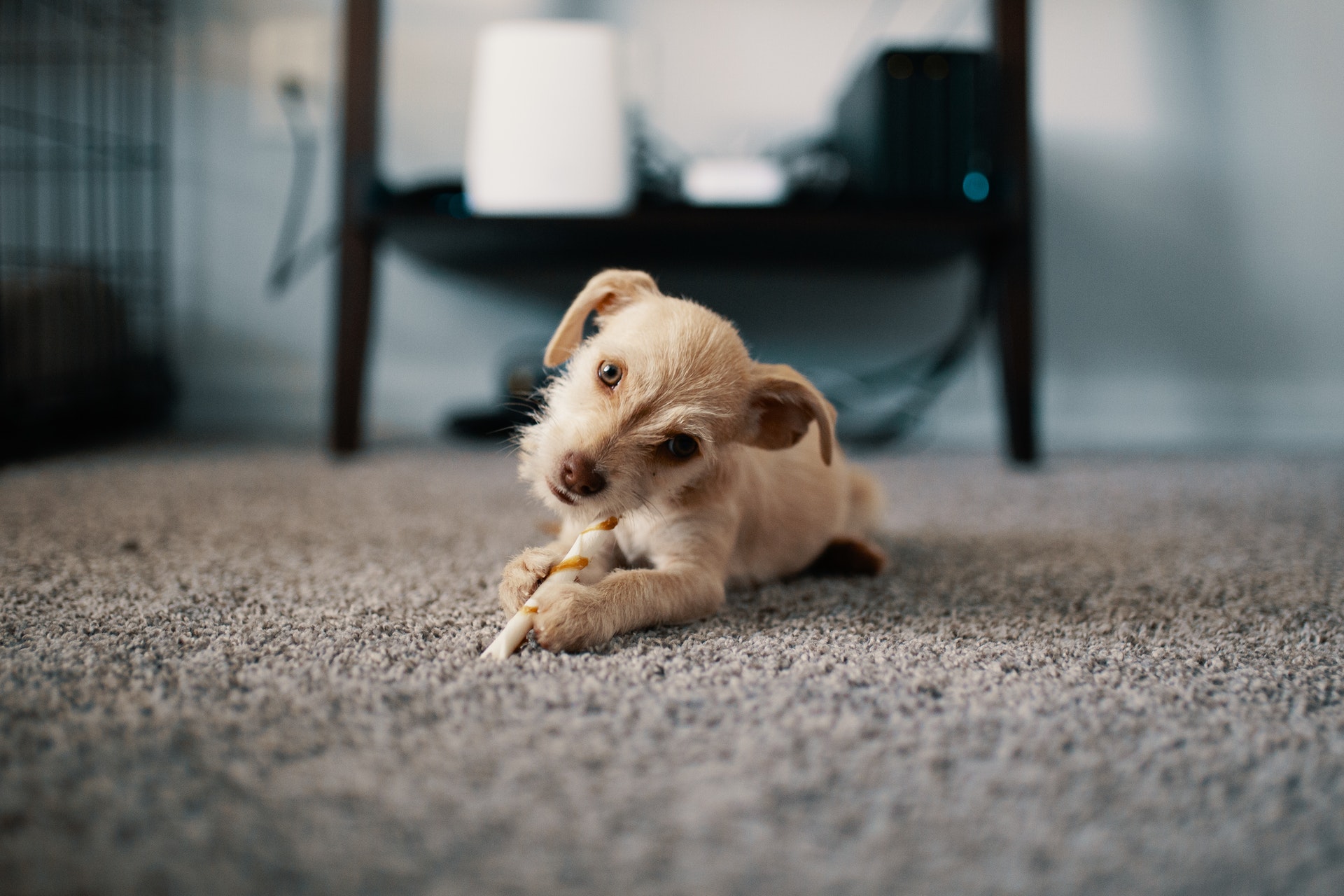
While pee pads are designed to be part of your dog’s potty-training journey, they might be a good option full-time in some situations. If you live in a high-rise apartment or a home without much outdoor space, pee pads give your dog a safe place to use the bathroom. They’re also great for older dogs that may have difficulty getting around, dogs recovering from surgery or an injury, and dogs that spend a lot of time indoors alone.

